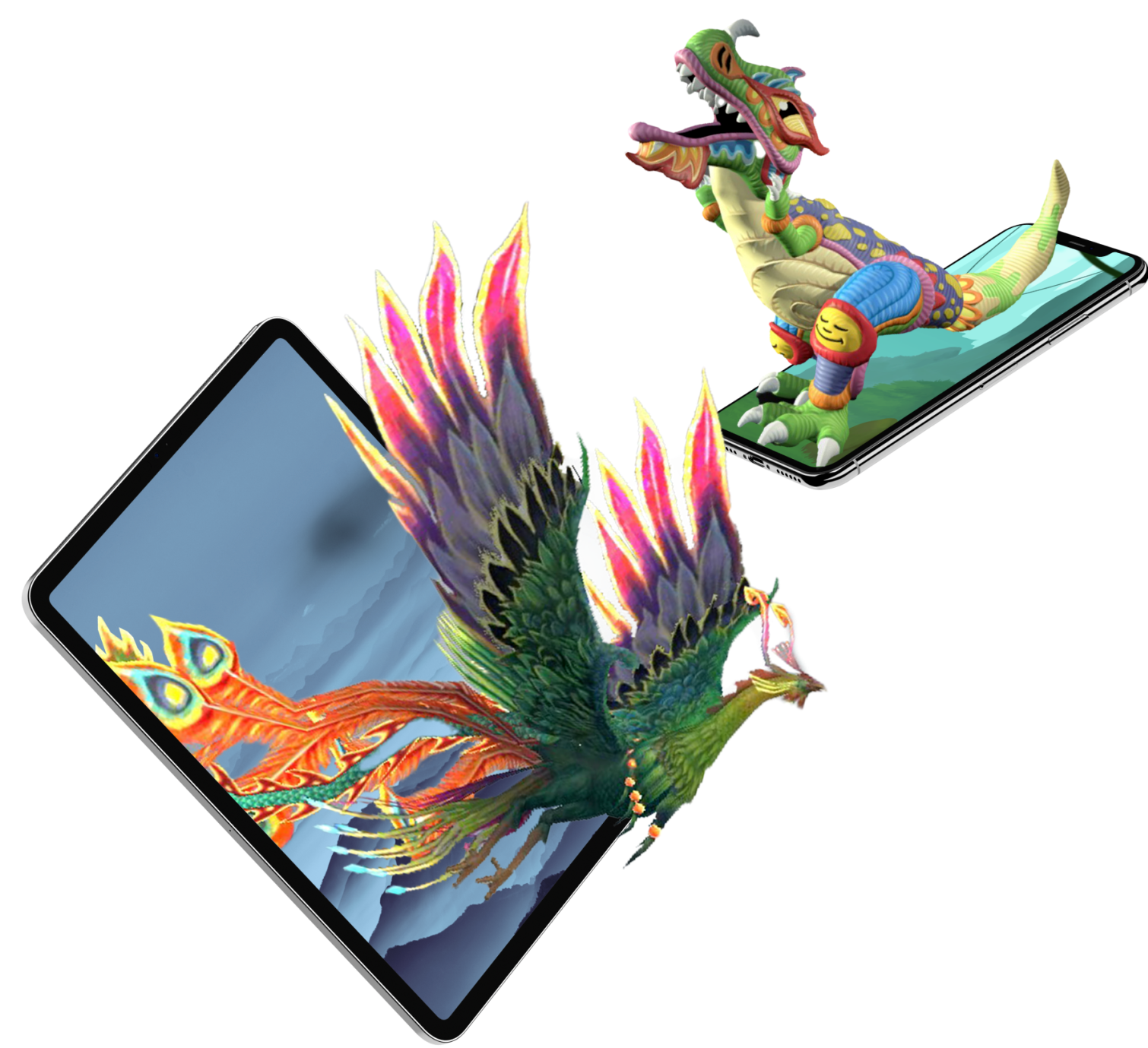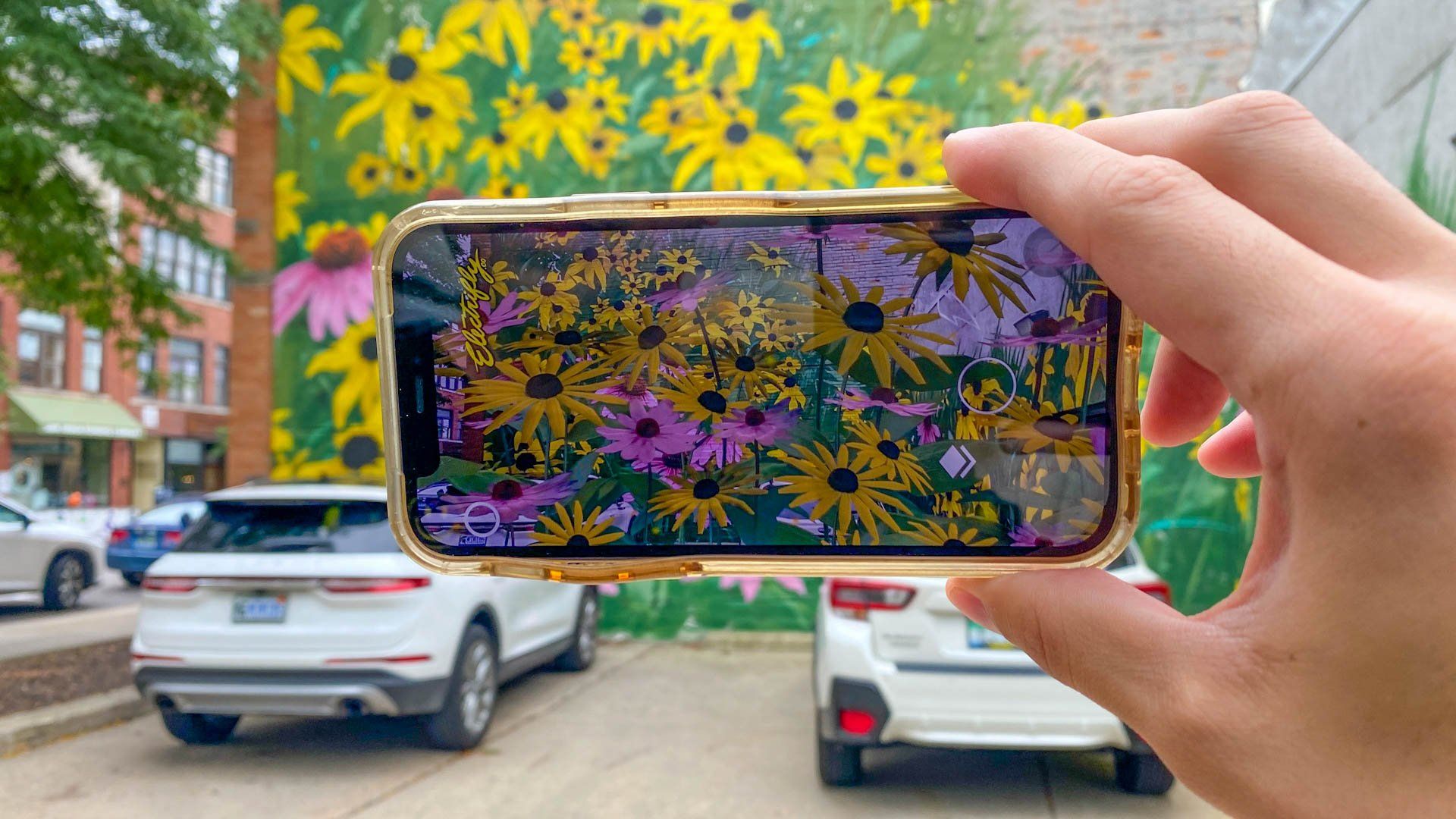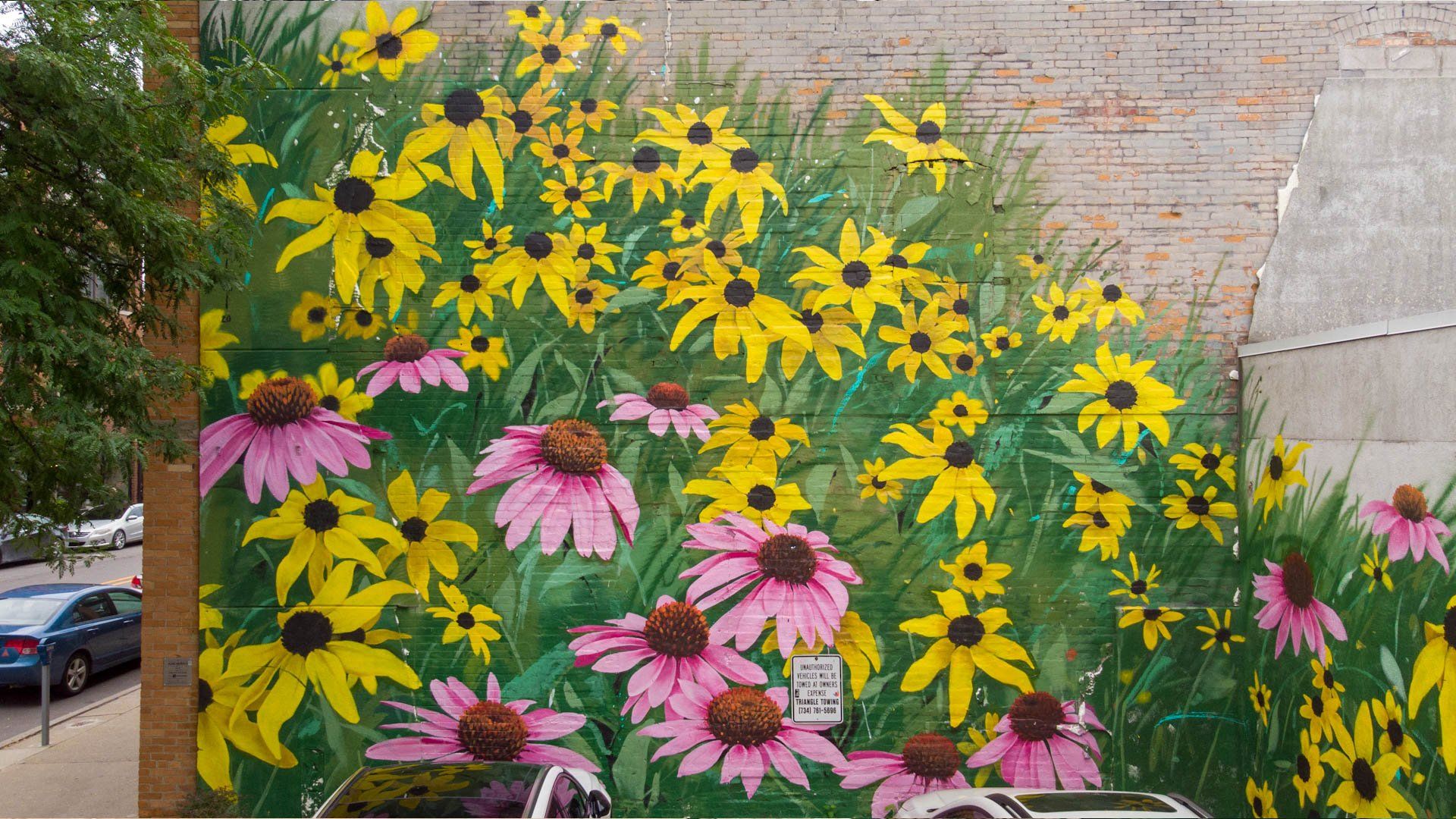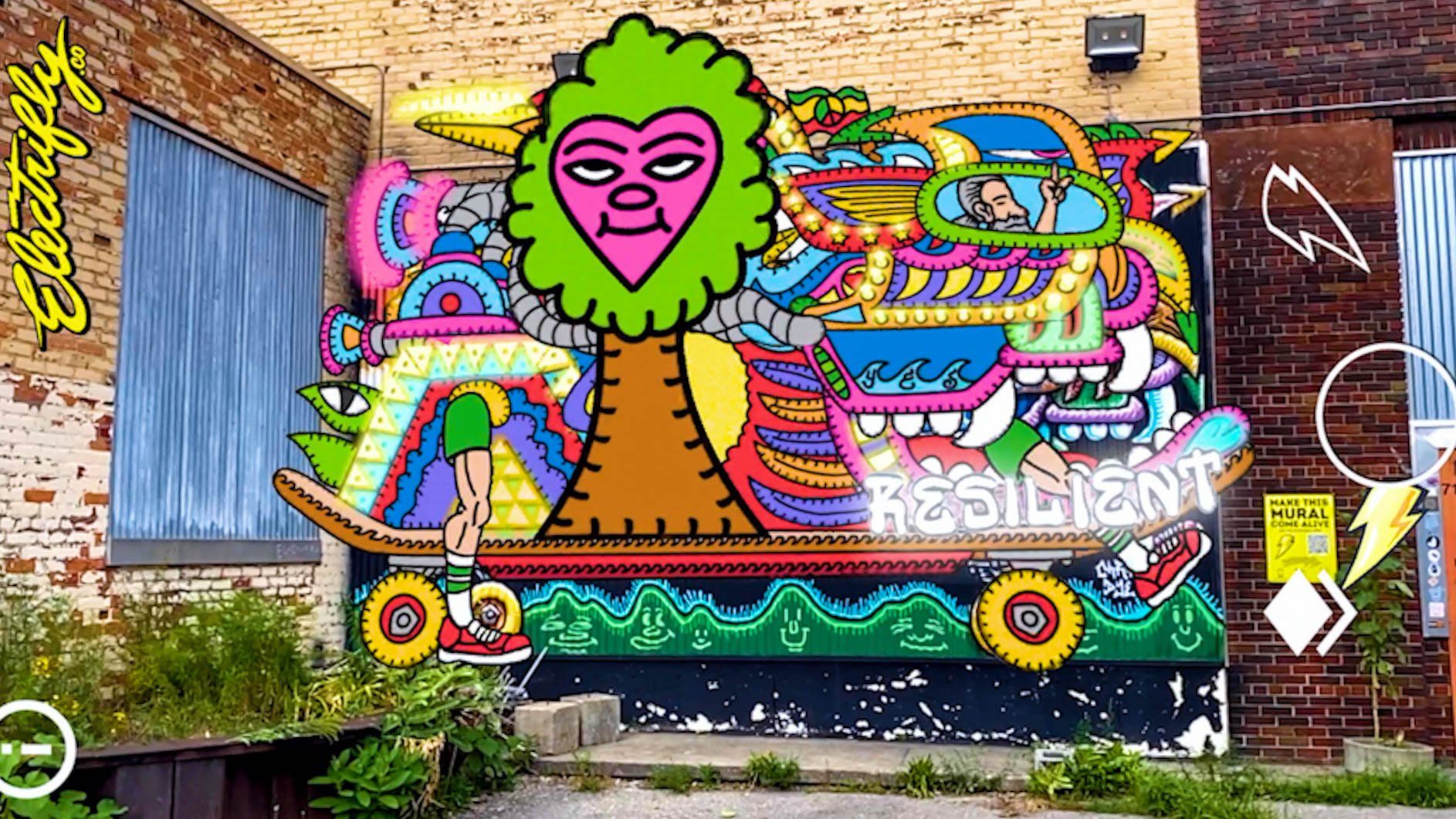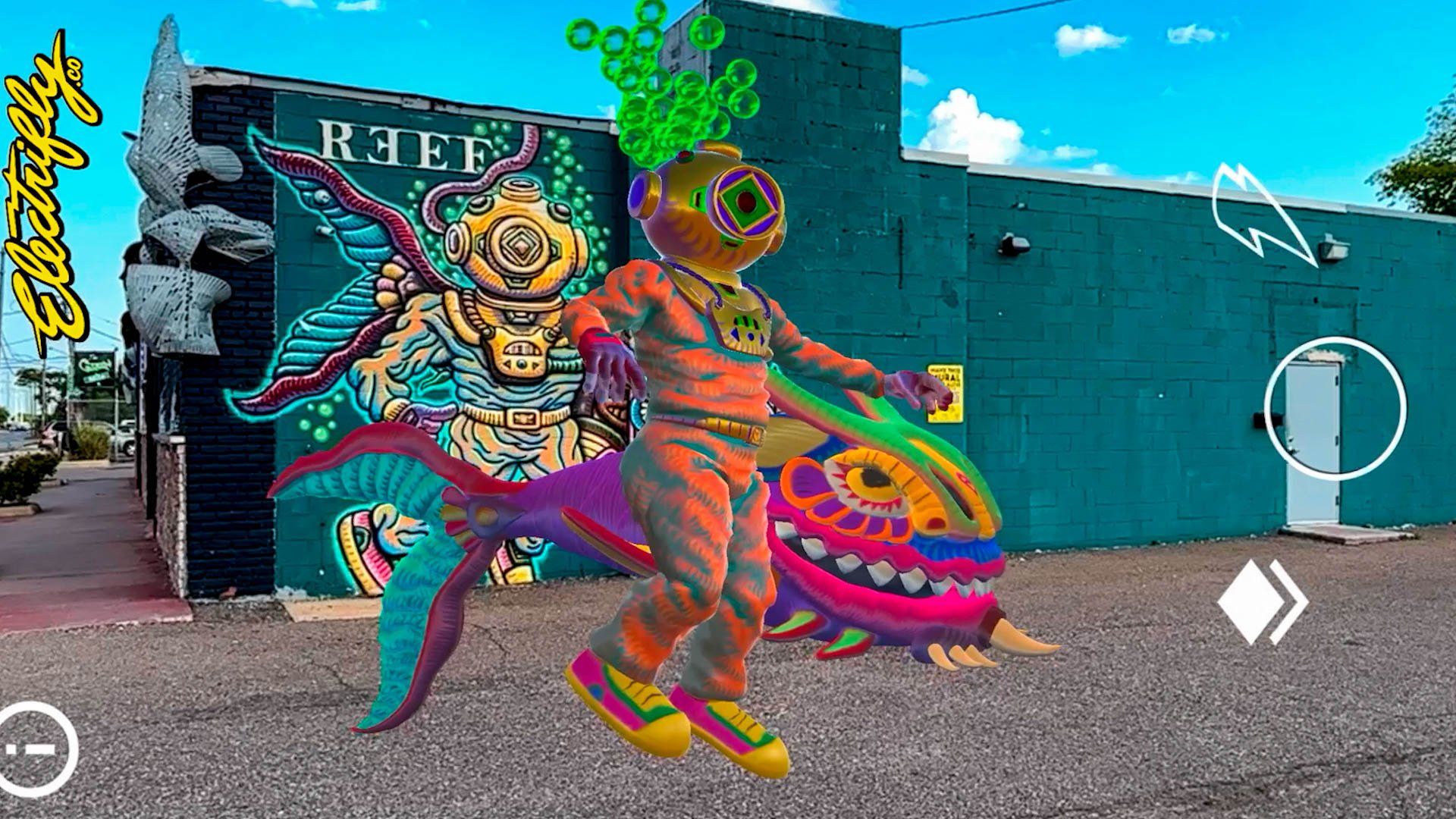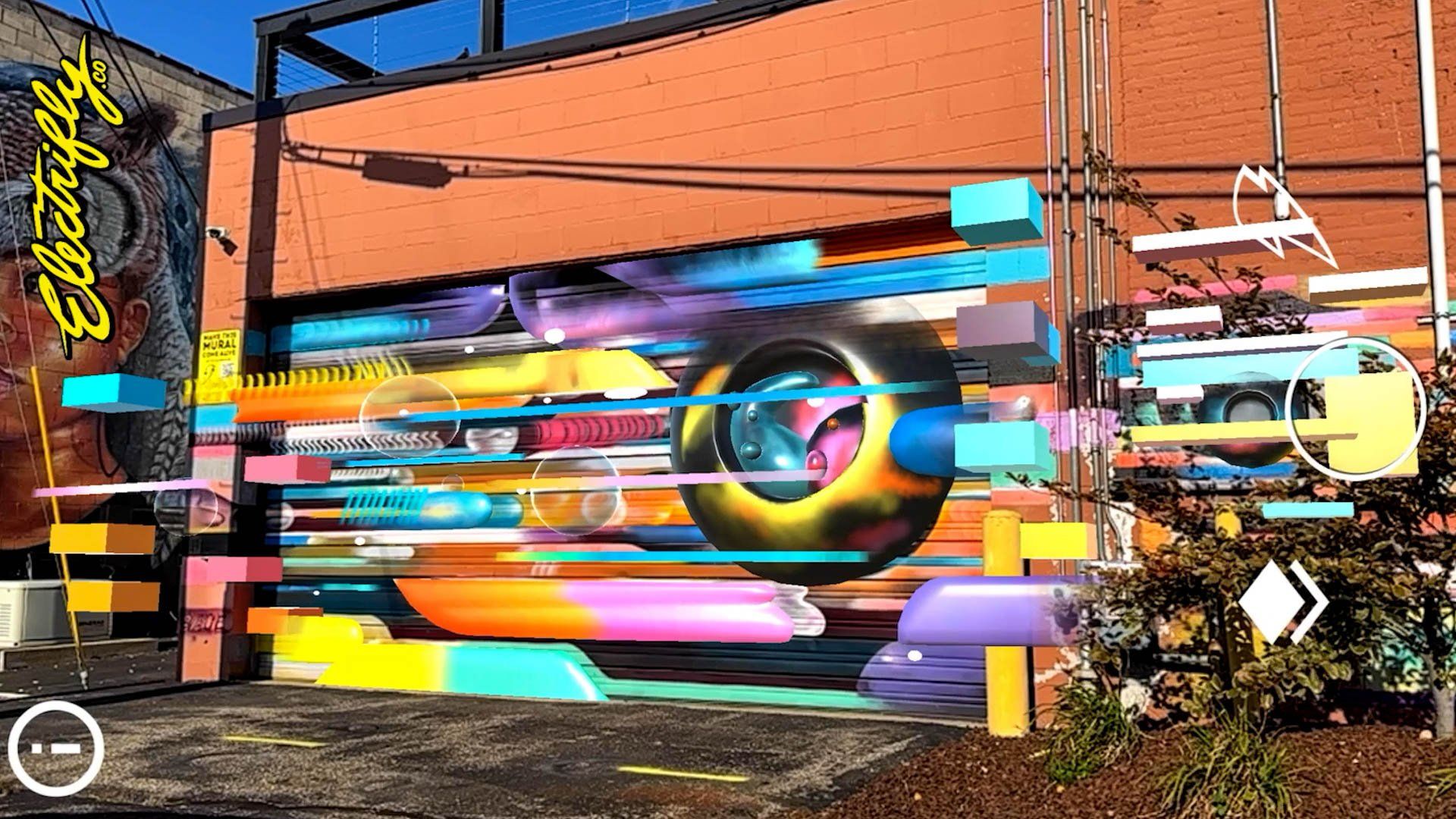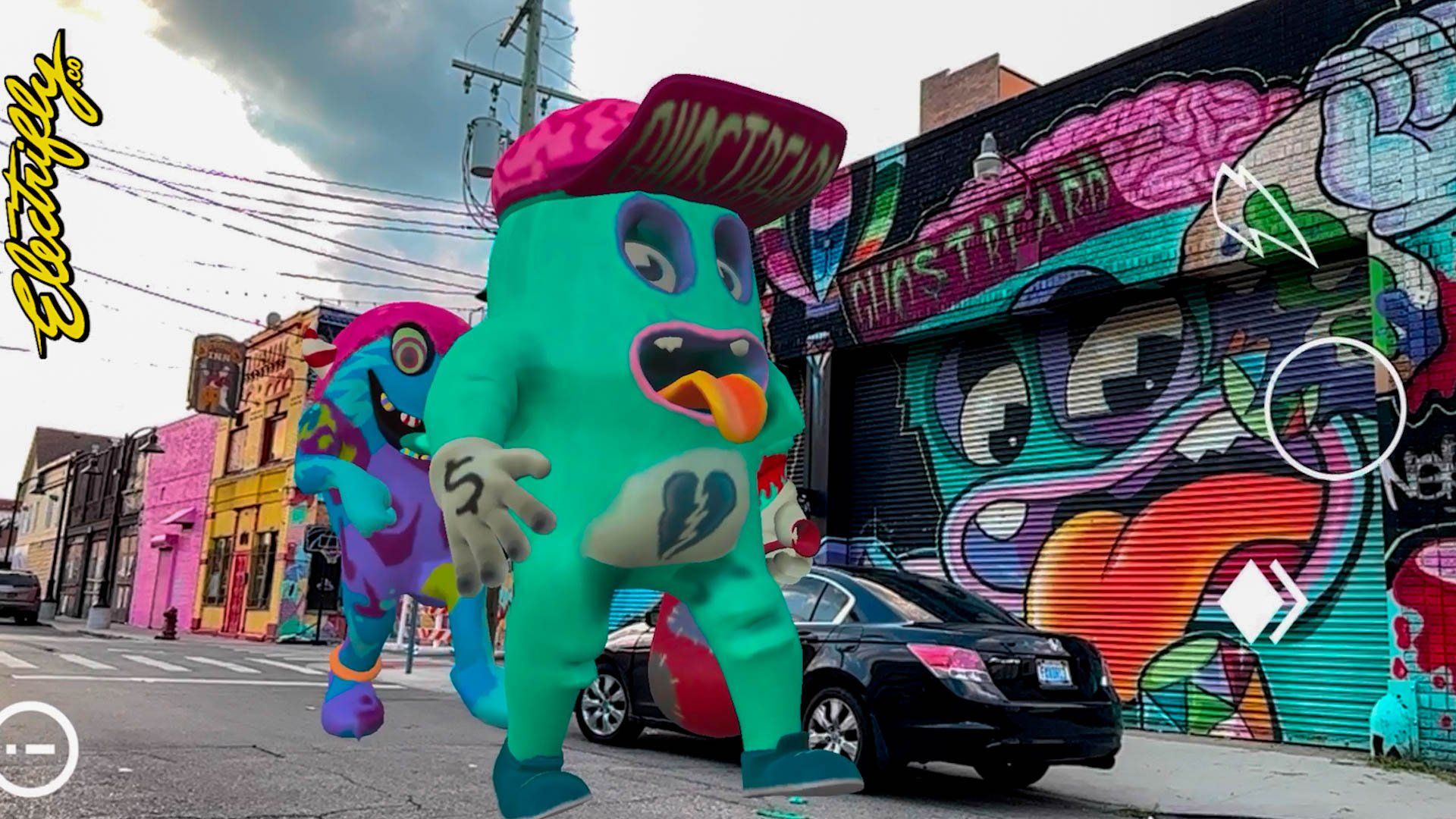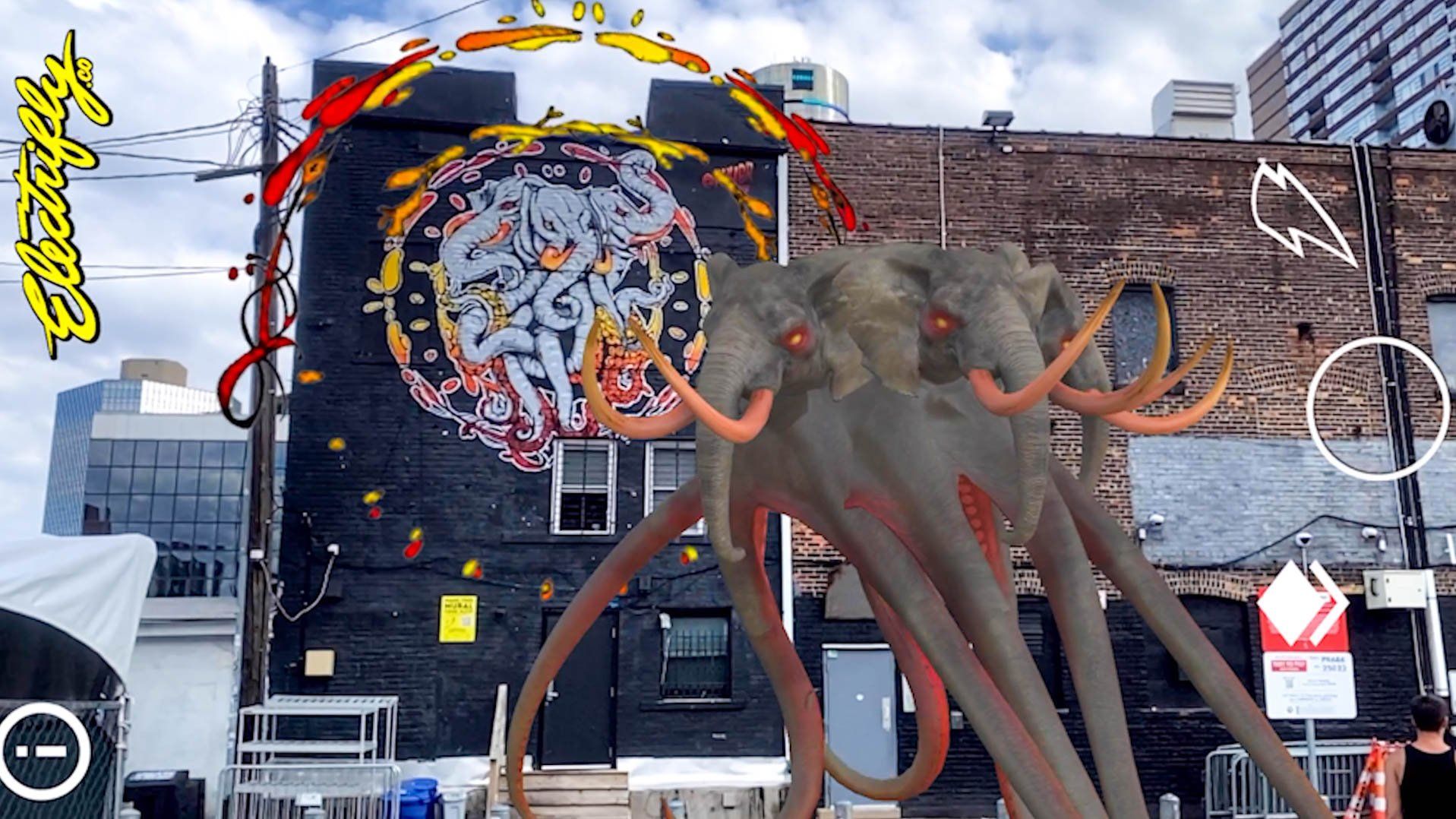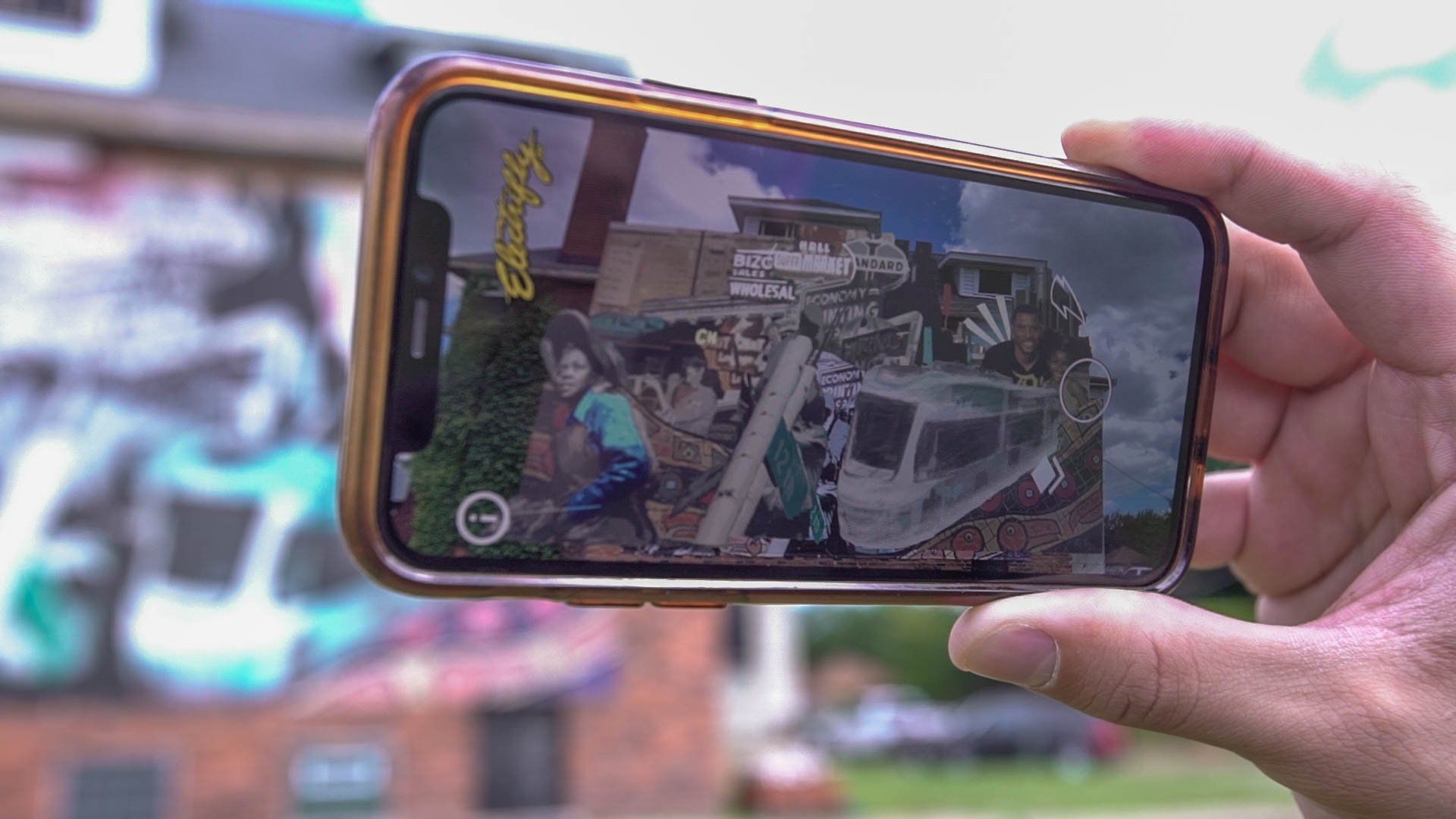Augmented Reality Art
Bring Art to Life with Augmented
Reality Art!
What is an Augmented
Reality Art?
Augmented reality creates a new way to experience art that connects the physical world and the digital world. By overlaying virtual elements onto real-world environments, AR art creates an interactive and immersive experience for the viewer. Art has always been about expressing creativity and capturing imagination, Augmented Reality is a new medium for artists to enhance their experiences. With AR, artists have been able to push the boundaries of what is possible with art, disrupting the traditional art market and creating a major impact on the art world.
Augmented reality art is a digital art form that creates an immersive and interactive experience for viewers by combining digital content with the physical world. Artists use digital tools to create artworks that can be viewed through a smartphone or tablet device. These artworks can be projected onto walls, floors, faces, body’s, or any other surface, allowing the viewer to see a new dimension to the artwork. AR technology adds an extra layer of interactivity, bringing the artwork to life and creating an immersive experience for the viewer.
How does AR artwork work?
AR art is created using a combination of specialized software like 3D-Modeling and animation programs. Once the artwork is created, they are exported to an AR platform like the BrandXR Studio for launch. Other AR Platforms that can be considered for launch include our partners at Meta and Snapchat’s SparkAR, Snap Lense Studio, WebAR, or your own AR application built by BrandXR. When a viewer points their smartphone or tablet device at the artwork, the AR app overlays the virtual artwork onto the real-world environment, creating a seamless integration between the two.
The viewer can then interact with the artwork in a number of ways, moving their phone to change their perspective, or even interacting with the artwork through touch or voice commands. AR artworks can also be created as expansions to the art piece that provides an easily shareable photo-op or call to action. Adding a new layer of engagement and interactivity to the artwork, augmented reality allows the viewer to become a part of the art and immerse themselves in the story.
Impact on the Art World
Augmented reality art has opened up a new realm of possibilities for artists, allowing them to create artworks that are dynamic, interactive, and engaging. AR art has become increasingly popular in the art world, with major museums and galleries incorporating AR exhibits into their collections.
AR art has also allowed artists to reach a wider audience and open up new revenue streams, with experiences that are easily shareable and launched on a global scale. This has created a new way for artists to connect with their audience and build a following.
AR artwork has the potential to disrupt the traditional art market in a number of ways. Since AR artworks can be shared digitally, they do not require physical space to be displayed. This means that AR art can be sold and shared through digital platforms, such as NFT marketplaces, allowing artists to bypass traditional galleries and auction houses. In traditional marketplaces, Augmented Reality adds to the value of an art piece.
Conclusion
Augmented reality art has transformed the way we experience art, offering an innovative and interactive medium that combines the digital and physical worlds. By creating immersive and engaging art experiences, AR art has the potential to disrupt the traditional art market and provide new revenue streams for artists and businesses. As technology continues to evolve, we can expect to see even more exciting AR artworks that push the boundaries of what is possible in art, offering viewers a new way to connect with the world around them. As AR art continues to gain popularity, we can anticipate an increasing number of artists and businesses to adopt this innovative medium, creating a whole new world of possibilities for creative expression and engaging experiences.
Drive Foot Traffic with Augmented Reality Art
Branded Augmented Reality Art
How to Create an Augmented Reality Art
01
Connect & Discover
With an image of your artwork as a base for the tracker, we work with you to design a creative brief for the AR Experience tailored to your custom artwork and projects goals.
02
Developing the AR Experience
Providing weekly updates, we create the AR experience you've been dreaming of. This process includes custom 3D modeling, 2D & 3D animation, sound design, gamification, and more.
03
Launching the AR Experience
Develop a user-generated content creation machine with expert AR marketing consultation included in every project. Make launching the AR experience effortless with nearby QR code signage and gamified marketing tactics.
04
Measure Everything
Track your experiences KPI's and measure them with your projects goals. We provide key performance metrics on your experience's impressions, opens, captures, saves, shares, and audience demographics.
